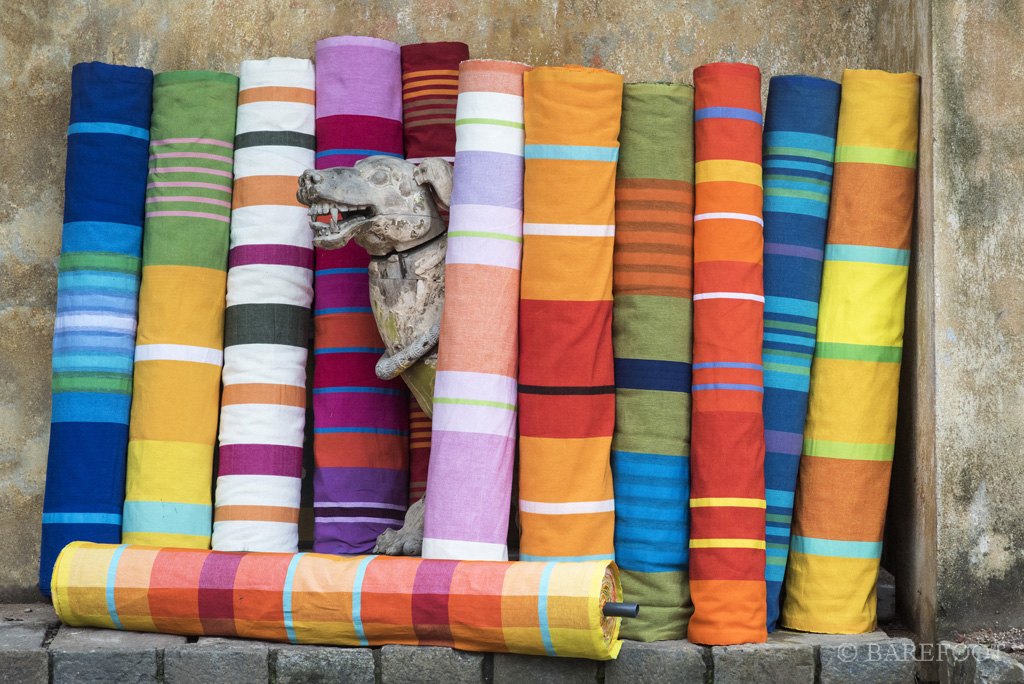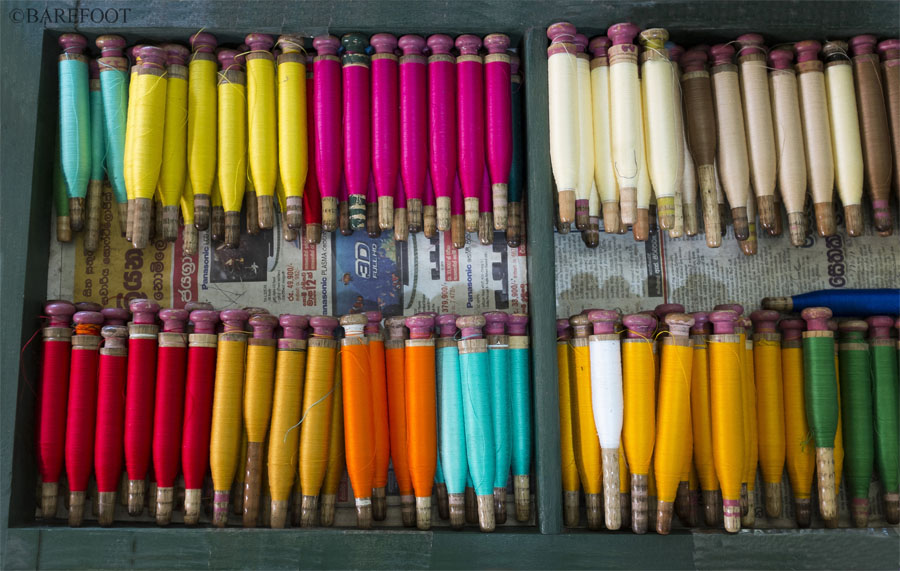Lucy Hitchcock’s PhD research examines the concept of ‘post-global luxury’ in the context of Sri Lanka. Luxury studies is a growing field. In the following account Hitchcock outlines the main scope and themes of her work.
*
Post-Global Luxury?
In the second decade of the twenty-first century, we need to reassess the meaning of the term ‘luxury’. We live in a shrinking world where technology and globalisation have fundamentally changed the way in which we see and value luxury. Today, luxury serves a global audience, not an aristocratic world of title and old money. For many, the term ‘luxury’ is founded upon a plethora of assumed connotations such as rarity, costliness, quality and connoisseurship, which have developed over its long history. Indeed, the overuse of the term in contemporary ad speak seeks to draw upon these qualities. Within an advanced capitalist society, where the range of consumer goods available is often staggering, the term ‘luxury’ is used to signify a high-end good within a particular category; commonly supported by a high-end price point.
The link between a high price-point and the term ‘luxury’ stems from the intrinsic relationship between luxury and class structure. Luxury has always been associated as the domain of the elite and has been politicised throughout history as a social tool, from the use of sumptuary laws to conspicuous consumption. In fact, the use of luxury as a tool for social construction has been a constant throughout history, both in the East and the West. Within recent history, the processes of globalisation have had a profound impact on social structure around the globe. Increased connectivity, enabled by the processes of globalisation and the technology revolution, has created a global class system increasingly based upon economic wealth.
The many processes of globalisation have created a dominant market of global luxury brands that are universally recognisable. Their logos have become social signifiers. As consumers we carefully curate the commodities we use and brands we patronise in order to present a sense of self within an increasingly global society. This growing industry has drawn upon the historical connotations of luxury, such as quality and rarity, but has also cemented the relationship between the term luxury and the overt world of branding. Consequently, ‘luxury’ has been transformed as a result of its contemporary association with the eponymous world of global luxury brands.
The ubiquitous presence of these brands within our contemporary society means that, for many, they have come to embody an understanding of luxury. Certainly, the semiology of these brands and their products provides an understanding of ‘luxury’ that can cross geographical and cultural boundaries. Even within particular localities where the global industry of luxury brands does not yet have a physical presence, the qualities of these brands and their association with luxury are understood. However, as this PhD will establish, the scale and relevance of the market of global luxury brands is not in itself sufficient to characterise an understanding of luxury. At a base level, this is due to the simple fact that these goods are not yet universally available. This would suggest that within localities that do not yet have physical access to these brands and their products, there is a lack of luxury.
This study proposes a research project that looks outside of the dominant discourse of global luxury brands. Although these multinational companies form an integral component of our contemporary understanding of luxury, they are not sufficient to define it. In contrast, post-global luxury represents instances of luxury that counteract the traits and circumstances of this predominantly Western market of global luxury brands. This sense of luxury remains intrinsically linked to globalization, as an inevitable fact of daily life, but through catering to a local market does not actively seek to be ‘global’ in nature. As a result, these products offer a more nuanced and diverse understanding of luxury, dependent upon the circumstances of a particular locality rather than the overriding trends of globalization around the world. This is apparent within the national market of luxury goods within Sri Lanka.

Post-Global Luxury in Sri Lanka
Since the end of the civil war in 2009, and after 30 years of distance from the global economy, Sri Lanka has been swept up in a flurry of economic development. Huge amounts of investment, the majority from powerful Asian economies such as China and India, have transformed the experience of everyday life across the island. Consequently, much of the population of Sri Lanka are becoming progressively global, through increased access to new technologies and steadily growing wealth. Despite this, the relatively small population of Sri Lanka combined with the cost of import duties has meant that very few global luxury brands have branched into this market. Without the physical existence of globally recognised luxury brands, how do we seek to understand luxury within Sri Lanka?
Within the urban hub of Colombo, the range of consumer goods available is continually growing, alongside the expanding middle classes and a culture of consumption. Many longstanding, national brands are now under competition from a wealth of new, local brands that have emerged with the economic boom that has swept the island, catering to the growing consumer class. These brands and products dominate a market where there is very little international competition. These goods are designed and manufactured for a local consumer. Yet, this does not restrict their global appeal, to both the Sri Lankan diaspora and tourists alike.
Many of the high-end national brands within Colombo and across Sri Lanka utilise traditional handicraft techniques, such as handloom weaving or batik, within their product range. There is a long, historical connection between the concept of luxury and handicraft techniques, stemming from nostalgic ideas of the master craftsman before the industrial revolution and factory-line production expanded. For many brands, such as Barefoot and Paradise Road, their ethos is built upon the foundations of handicraft techniques. These techniques have been absorbed into the historical narrative of Sri Lanka, and for many provide an expression of nationalism. Similarly, there is a new generation of Sri Lankan designers who are catering to the emerging consumer class in Colombo. The AOD International Design Campus in Colombo is encouraging their students to invent the ‘New Sri Lankan Style’, working alongside artisan communities around the island. Many of these new designers and brands seek to revitalise and reinvent traditional handicraft techniques, such as handloom and batik, creating goods that are desirable to a contemporary consumer. Others look to modernise traditional items of clothing, such as the sari and sarongs.
The creation of this sense of ‘local luxury’ exists in stark contrast to the dominance of particular global luxury brands within other, more developed Asian economies, such as India, Japan, and China. These goods offer an entirely different experience to the exported, mass-produced goods of global luxury brands. Consequently, Sri Lanka provides an understanding of luxury, and luxury goods, which contrasts with the dominant discourse around global luxury and the marketing plans of these brands. Clearly the discourse around global luxury brands is not universal; it does not ring true for every locality. This PhD intends to explore this unique instance and understanding of luxury further.
[Feature image courtesy of Barefoot Ceylon]
